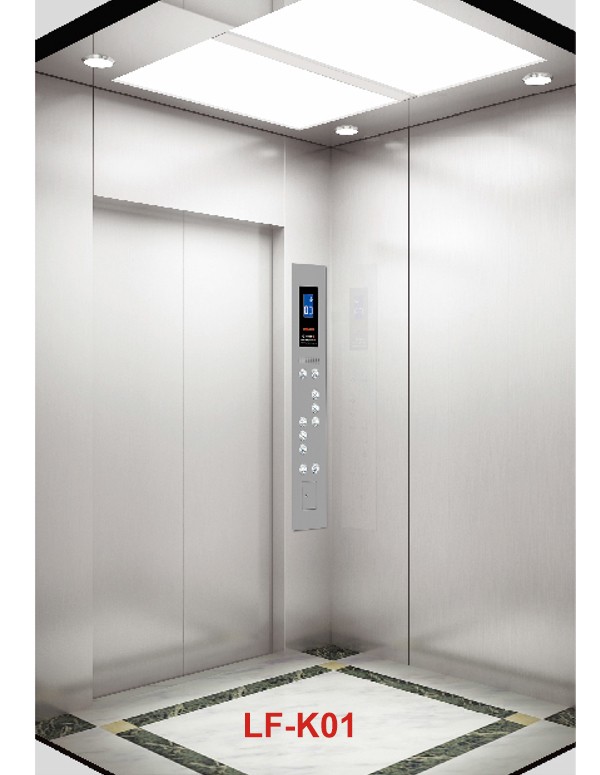Views: 1811 Update date: Jan 17,2024
How Passenger Lift Revolutionize Vertical Transportation Efficiency
The advent of technology has significantly transformed the way we navigate spaces, particularly in multi-story buildings. One of the remarkable innovations in this regard is the passenger lift. In this article, we will delve into how these elevators are reshaping vertical transportation and enhancing overall efficiency.Understanding Passenger Lift
What Are Passenger Lift?
Passenger lift, commonly known as elevators, are vertical transportation devices designed to move people between different floors in a building. These lift have become an integral part of modern architecture, providing a convenient and time-saving solution for vertical mobility.Components of a Passenger Lift
To comprehend the functionality of a passenger lift, it's essential to understand its key components. These include the elevator car, counterweight, control system, and safety features such as emergency brakes and sensors.How Passenger Lift Work
Vertical Movement PrecisionPassenger lift operate based on a system of pulleys and counterweights, ensuring smooth and precise vertical movement. The control system regulates speed, acceleration, and deceleration, optimizing the overall passenger experience.
Space Optimization
Unlike traditional staircases, passenger lift maximize space utilization within a building. This becomes particularly crucial in high-rise structures where every square foot counts. The efficient use of vertical space not only enhances convenience but also contributes to architectural flexibility.
Advantages of Passenger Lift
Time EfficiencyOne of the primary advantages of passenger lift is their ability to save time. Users can swiftly move between floors, eliminating the need for time-consuming staircases. This proves especially beneficial in commercial settings, improving productivity and customer satisfaction.
Accessibility for All
Passenger lift play a pivotal role in ensuring accessibility for individuals with mobility challenges. They enhance inclusivity within buildings, promoting equal access to all areas. This aligns with the principles of universal design, making spaces more welcoming and accommodating.
Sustainable Vertical Transportation
Modern passenger lift are designed with a focus on energy efficiency. Through regenerative braking systems and smart technologies, these lift contribute to sustainable building practices by minimizing energy consumption.
Reduced Carbon Footprint
As cities continue to grow vertically, the environmental impact becomes a concern. Passenger lift, with their energy-efficient features, help reduce the carbon footprint associated with vertical transportation. This aligns with the global effort to create eco-friendly urban spaces.
Conclusion
In conclusion, the evolution of passenger lift has significantly transformed the way we navigate buildings, providing efficient and accessible vertical transportation. From enhancing time efficiency to contributing to sustainable practices, these elevators have become an indispensable aspect of modern architecture. As we look towards the future, the continuous innovation in lift technology promises even more advancements, further revolutionizing vertical mobility.







